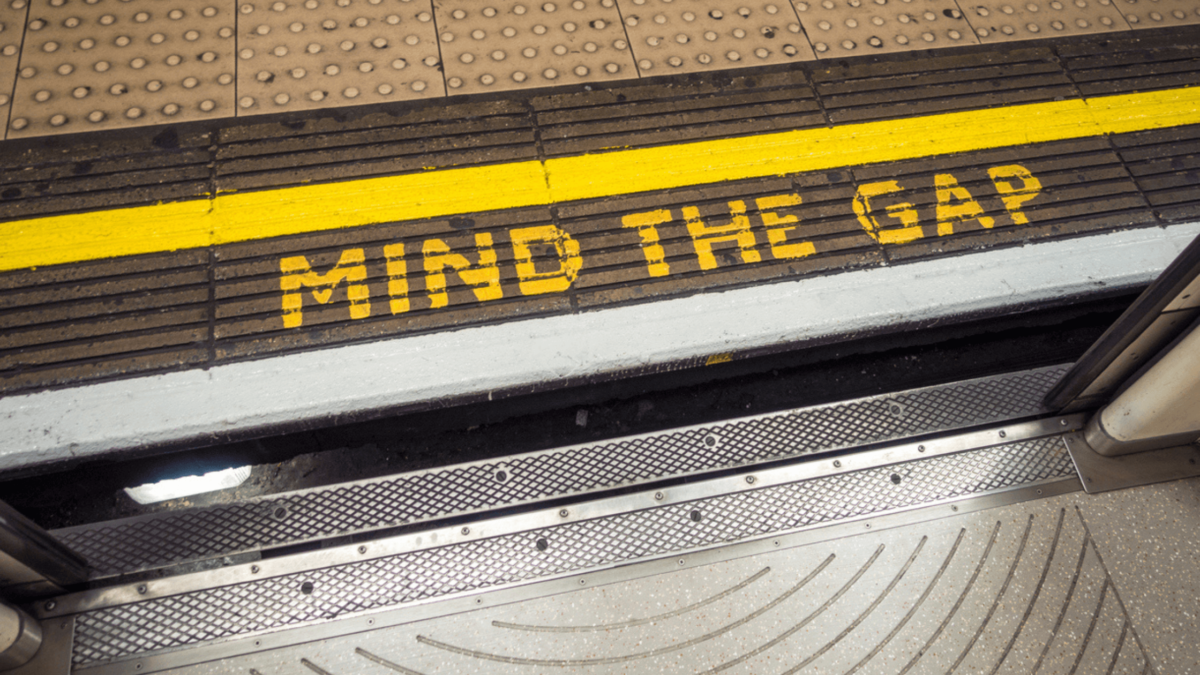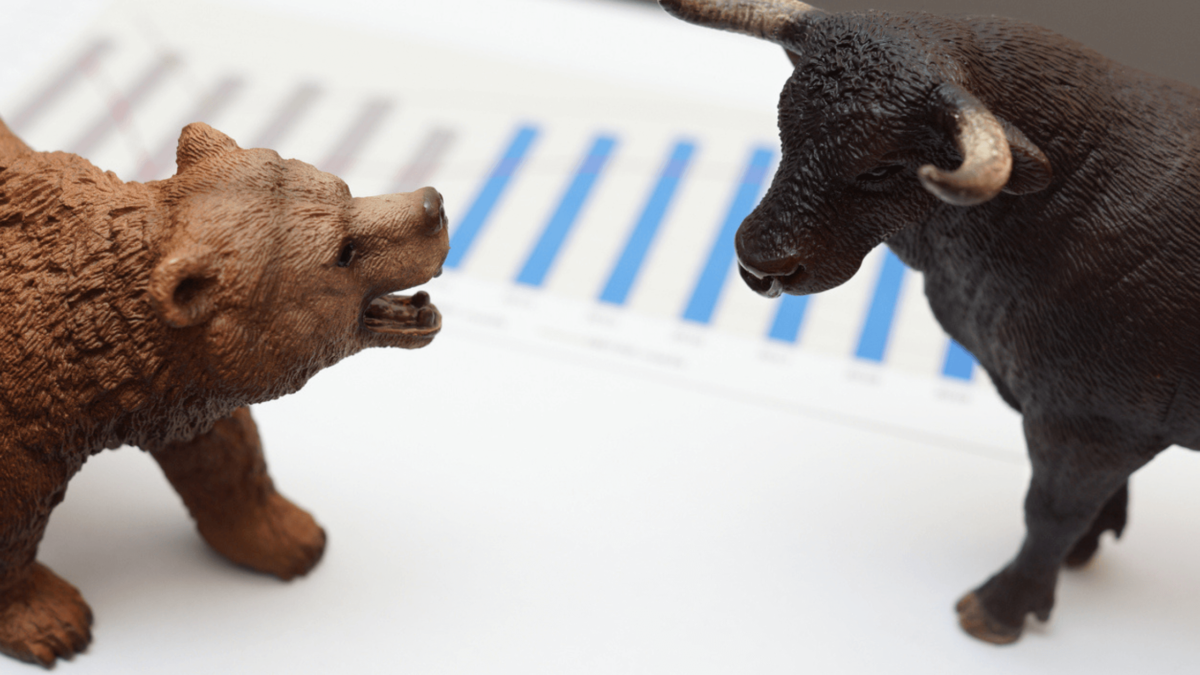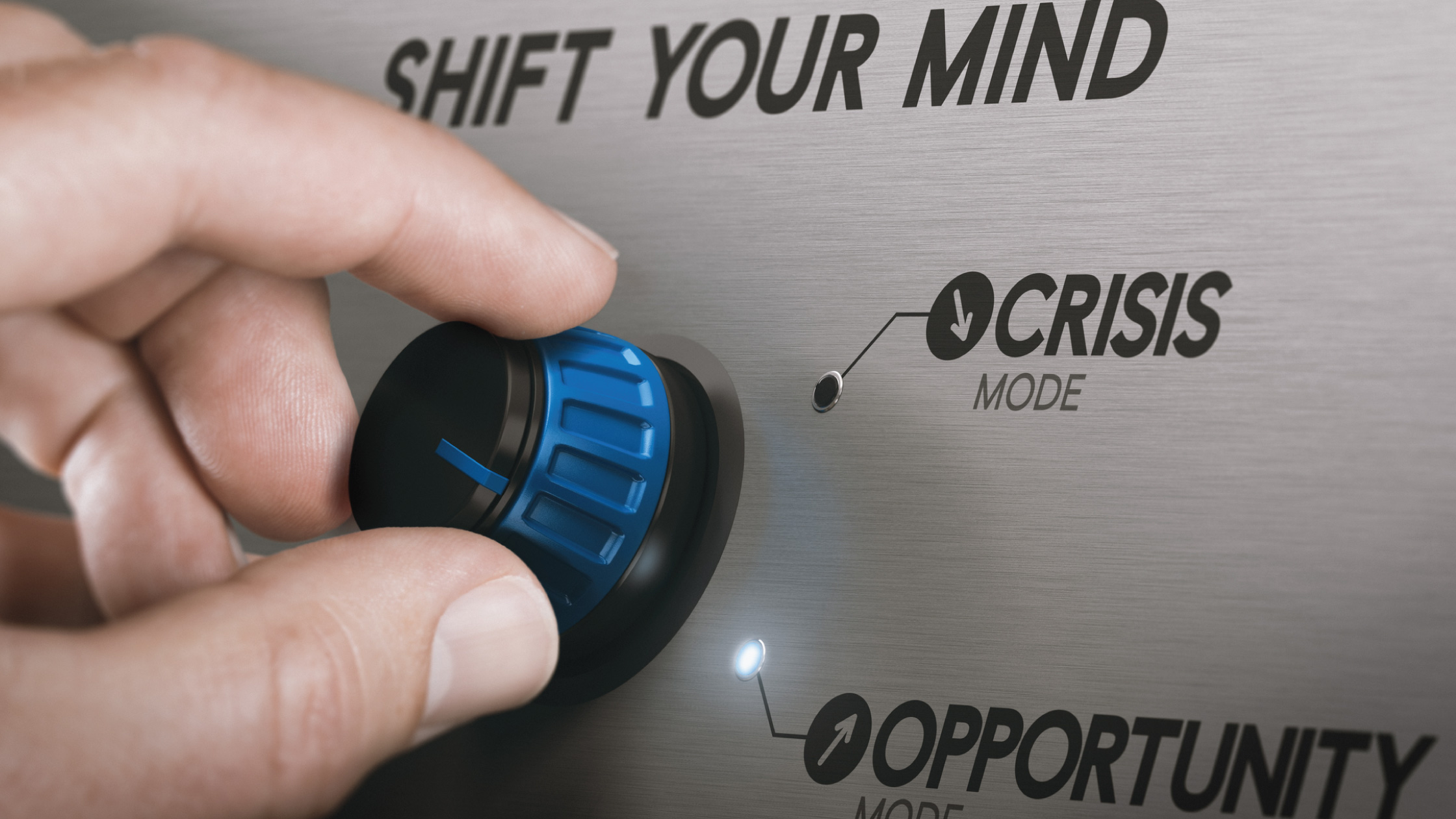Investors Should Mind the Stock Market Gap
October 3, 2022

The S&P 500 Index looks headed to 3,200 next
Last week was an eventful one for investors. The S&P 500 Index broke below its June low of 3,636, and now appears headed to 3,200, albeit likely with some failed rebounds in between.
In recent editions of Big Money, I wrote that the index was likely to stage a fight back around the 3,636-region before eventually falling lower.
As it turned out, the index struggled around the 3,636-3,730 zone but fell below that on the last trading session of the week.
Elsewhere, the 10-Year US Treasury yield hit 4.0% and looks to be headed eventually higher. In the last edition of last Big Money, I wrote:
“A move to 4.0%-4.1% looks likely to happen quite quickly, and beyond that, 5.0% within the next 12 months is not a crazy thought.”
As it turned out, the 10-Year yield hit an intraday high of 4.02% last week, before ending the week at 3.80% – up 10 basis points (bps).
Although it could pull back a bit more in the near term, the cyclical upturn in the 10-Year yield does not appear to be done yet.
History of 10-Year yields doesn’t bode well
Looking back over the past 60 years, the 10-Year US Treasury yield has averaged 257 bps above the headline PCE inflation rate, which is currently running at 6.2% year-on-year (y/y).
But the 10-Year US Treasury yield is currently 240 bps below the headline PCE inflation rate.
For the period since 2017 – a period of some of the lowest Treasury yields in 60 years – the 10-Year US Treasury yield averaged around 61 bps below the headline PCE inflation rate.
Applying even that modest figure to where the 10-Year US Treasury yield could go at 6.2% PCE inflation, you get a figure of almost 5.6%.
Then we had the UK market move that shook the investment world. There was nothing in the news flow last week to give US assets – indeed, any of the major Developed Market assets – any comfort either.
The collapse of the 10-year Gilt, as the yield surged 75 bps in only three days, shook investor confidence around the world.
The Bank of England announced a programme to buy long-dated Gilts for two weeks “at whatever scale is necessary”, reportedly to stabilise the financial system in the face of margin calls that could have potentially triggered defaults in pension funds.
US economic data suggest stagflation
Overall, the key economic data coming out of the US last week suggested a pincer movement on risk assets by stubbornly high inflation and growing risk of recession.
This was the stagflation nightmare I had written about many times over the months. Headline PCE inflation eased from 6.4% y/y in July to 6.2% y/y in August.
But as with CPI inflation, we saw the core PCE inflation rate going up even as the all-items PCE inflation rate was going down.
Core PCE inflation moved up from 4.7% in July to 4.9% in August. This is the inflation figure that the Fed uses to measure against its 2.0% target, and it’s not coming back down, despite the decline in commodity prices.
Meanwhile, real gross domestic income (GDI) for 2Q22 was revised downwards from 1.4% quarter-on-quarter (q/q), annualised, to only 0.1%.
The third estimate of 2Q22 GDP was the same as the second estimate, at -0.6% q/q annualised.
The significance of this is the National Bureau of Economic Research (NBER) uses an average of the GDP and GDI growth rates to date economic cycles/recessions.
So, the US Bureau of Economic Analysis (BEA) tells us the combined average for 2Q22 was downgraded from +0.4% in its second estimate to -0.3% in its third estimate.
So that’s your two consecutive quarters of negative growth using the combined average method. In terms of the weekly reporting of these data, this may seem like slow-moving stuff.
But my sense is that we are likely to hit a recession sometime in 2Q23 or 3Q23, with a core PCE inflation still running twice (or more) the Fed target of 2.0%. That’s stagflation.
Not greedy at these levels of market fear
So, how much lower could the S&P 500 Index go? Nobody knows for sure. But both the fundamentals and technicals suggest lower – probably much lower.
I do not yet see signs of capitulation that typically marks the cyclical bottoms of the S&P 500. One indicator I have used before is the percentage of S&P 500 stocks that are trading above their 200-day moving average.
That figure is depressed at around 30% but not as depressed as they were at previous cyclical lows when it hit 10% or less (see below).

Sources: CGS-CIMB Research, Bloomberg
The 30-day moving average of the CBOE put-call ratio is elevated at 0.7, compared to peaks of around 0.8 to 0.9 during cyclical peaks of fear/cyclical bottoms of prices.
Interestingly, equities volatility is lagging bond volatility. So, the metaphorical “other shoe” has yet to drop, with equities volatility likely to surge to catch up with bond market turmoil (see below).

Sources: CGS-CIMB Research, Refinitiv
The next substantial technical support level for the S&P 500 is 3,200.
Technically, the next support region around 3,500 – which coincides with the 50% Fibonacci retracement of the entire upward move from March 2020 to January 2022 – is probably too close to the break of the 3,636 prior low to hold up if the news flow continues in this high inflation-weakening growth mode.
So, I cast my eyes lower and see 3,200, which approximates the 61.8% Fibonacci retracement and September and November 2020 lows (see below).

Sources: CGS-CIMB Research, Refinitiv
That could be a more substantial support, particularly if it coincides with economic figures weak enough to stop the Fed in its tracks.
A glimpse at some more extreme possibilities
Even 3,200 may not be the final destination. There could be a very substantial rebound at 3,200 but that may not be the “happy ever after” resolution.
Consider this. The forward price-to-earnings (PE) ratios at recent cyclical bottoms were 13.7x (March 2020), 10.6x (March 2009), and 13.5x (October 2002).
So, the simple average is 12.6x. Applying the latest forward earnings estimate of 237 for the S&P 500, the average cyclical bottom forward PE ratio of 12.6x would translate to an index level of 2,986.
Another perspective on valuation looks at the so-called “yield gap” – the equities earnings yield minus the 10Y UST yield – at cyclical lows.
Over the past three cyclical lows, that has ranged from 3.4% to 6.5%, with an average of 5.4%. That yield gap is now a much smaller 2.6% (see below).

Sources: CGS-CIMB Research, Bloomberg
If you applied the average yield gap from 2002 (3.53%) on the current forward earnings estimate and the current 10-year UST yield, the implied adjusted forward PE would be 13.6x. That implies an index of around 3,200 on the current estimated forward earnings.
But if you instead applied the average yield gap at recent cyclical lows, you would get an adjusted forward PE ratio of only 11x. That would push the implied fair value index even lower.
None of the above is to suggest where the index will actually bottom. They are to only suggest that the current index level is still expensive relative to historical valuations, using a couple of alternative methods.
Say Boon Lim
Say Boon Lim is CGS-CIMB's Melbourne-based Chief Investment Strategist. Over his 40-year career, he has worked in financial media, and banking and finance. Among other things, he has served as Chief Investment Officer for DBS Bank and Chief Investment Strategist for Standard Chartered Bank.
Say Boon has two passions - markets and martial arts. He has trained in Wing Chun Kung Fu and holds black belts in Shitoryu Karate and Shukokai Karate. Oh, and he loves a beer!







